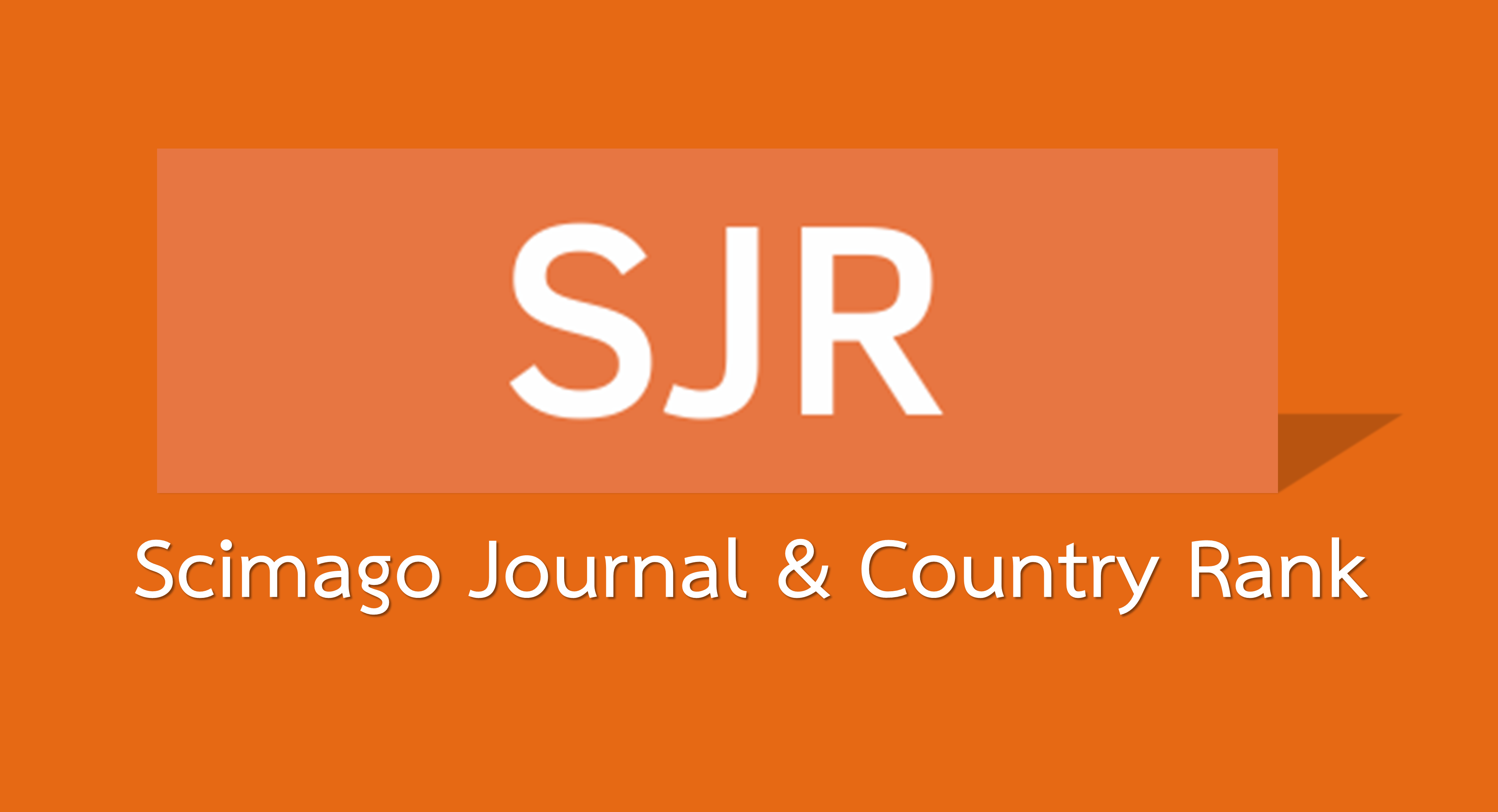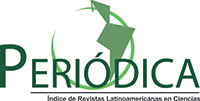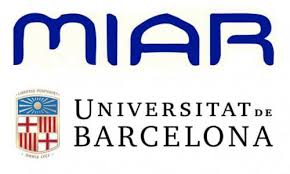Resistance to compression and microstructure of concrete manufactured with supersulfated cements-based materials of volcanic origin exposed to a sulphate environment
Abstract
This research presents the results of concretes made with supersulfated cements (SSC) volcanic material bases. The concretes were cured under two regimes one for 24 h at 25 ° C and one for 22 h at 60 ° C and then at 25 ° C. The specimens were exposed to two conditions, dry under laboratory conditions and immersed in a solution with 3.5% CaSO 4 at 25 ° C for up to 180 days. After 180 days, the concrete with a 5% An-10% PC-10% CaO-75% PM cementant exposed to the CaSO4 solution achieved a compressive strength of 46 MPa and 44 MPa dry under conditions of laboratory. The microstructure was analyzed by scanning electron microscopy, energy dispersive spectroscopy and XRD, showing that the main hydration products are C-S-H and ettringite.
Downloads
References
ACI Committee 211 (2002), Standard Practice for Selecting Proportions for Normal, Heavyweight, and Mass Concrete ( ACI 211.1-91 ).
AENOR (2001), UNE-EN 12390-1,Testing hardened concrete. Part 1: Shape, dimensions and other requirements for specimens and moulds.
AENOR (2003), UNE-EN 12390-3, Testing hardened concrete Part 3: Compressive strength of test specimens.
Avila-López, U., Almanza-Robles, J. M., Escalante-García, J. I. (2015), "Investigation of novel waste glass and limestone binders using statistical methods", Construction and Building Materials, 82, pp. 296–303. https://doi.org/10.1016/j.conbuildmat.2015.02.085
Bazaldúa-Medellín, M. E., Fuentes, A. F., Gorokhovsky, A., Escalante-García, J. I. (2015), "Early and late hydration of supersulphated cements of blast furnace slag with fluorgypsum", Materiale de Construcción, 65(317), p. e043. https://doi.org/10.3989/mc.2015.06013.
Bijen, J., Niël, E. (1981), "Supersulphated cement from blastfurnace slag and chemical gypsum available in the Netherlands and neighbouring countries", Cement and Concrete Research, 11(3), pp. 307–322. https://doi.org/10.1016/0008-8846(81)90104-6.
Cabrera-Luna, K., Maldonado-Bandala, E. E., Nieves-Mendoza, D., Escalante García, J. I. (2018), "Supersulfated binders based on volcanic raw material: Optimization, microstucture and reaction products", Construction and Building Materials, 176, pp. 145–155. https://doi.org/10.1016/j.conbuildmat.2018.05.024.
Ding, S., Shui, Z., Chen, W., Lu, J., Tian, F. (2014), "Properties of supersulphated phosphogysumslag cement (SSC) concrete", Journal Wuhan University of Technology, Materials Science Edition, 29(1), pp. 109–113. https://doi.org/10.1007/s11595-014-0876-9.
Dutta, D. K., Borthakur, P. C. (1990), "Activation of low lime high alumina granulated blast furnace slag by anhydrite", Cement and Concrete Research, 20(5), pp. 711–722, https://doi.org/10.1016/0008-8846(90)90005-I
Gracioli, B., Favero Varela, M. V., Beutle, C. S., Frare, A., Angulski da Luz, C., Pereira Filho, J. I. (2017), "Considerações sobre a resistência mecânica e o processo de hidratação de cimentos supersulfatados (CSS) formulados com fosfogesso", Matéria (Rio de Janeiro), 22(1). https://doi.org/10.1590/s1517-707620170001.0107.
Grounds, T., Nowell, D. V., Wilburn, F. W. (2003), "Resistance of supersulfated cement to strong sulfate solutions", Journal of Thermal Analysis and Calorimetry, 72(1), pp. 181–190. https://doi.org/10.1023/A:1023928021602.
Grounds, T., Nowell, D. V., Wilburn, F. W. (1995), "The influence of temperature and different storage conditions on the stability of supersulphated cement", Thermal Analysis, 45, pp. 385–394. https://doi.org/10.1007/BF02549342.
Hossain, K. M. A., Lachemi, M. (2006), "Performance of volcanic ash and pumice based blended cement concrete in mixed sulfate environment", Cement and Concrete Research, 36(6), pp. 1123–1133. https://doi.org/10.1016/j.cemconres.2006.03.010.
Indu Siva Ranjani, G., Ramamurthy, K. (2012), "Behaviour of foam concrete under sulphate environments", Cement and Concrete Composites. Elsevier Ltd, 34(7), pp. 825–834. https://doi.org/10.1016/j.cemconcomp.2012.03.007.
Juenger, M. C. G., Winnefeld, F., Provis, J. L., Ideker, J. H. (2011), "Advances in alternative cementitious binders", Cement and Concrete Research. Elsevier Ltd, 41, pp. 1232–1243. https://doi.org/10.1016/j.cemconres.2010.11.012.
Kamlet, J. (1960), "US2947643A Hydraulic Cements".
Kühl, H. (1908), "German Patent No. 237777". German.
Mehrotra, V.P., Sai, A. S. R., Kapur, P. C. (1982), "Plaster of Paris activated supersulphated slag cement", Cement and Concrete Research, 12(4), pp. 463–473. ttps://doi.org/10.1016/0008-8846(82)90061-8.
Midgley, H. G., Pettifer, K. (1971,) "The microstructure of hydrated super sulphated cement", Cement and Concrete Research, 1(1), pp. 101–104. https://doi.org/10.1016/0008-8846(71)90086-X.
Noor-ul-Amin (2014), "An overview on comparative study of alternatives for Ordinary Portland cement", Journal of Basic and Applied Chemistry, 4(6), pp. 15–22, ISSN 2090-424X
ONNCCE (2014), NMX-C-414-ONNCCE, Building industry - hydraulic cement -specifications and testing methods.
Prasad, J. et al. (2006), "Factors Influencing The Sulphate Resistance of Cement Concrete and Mortar", Asian Journal of Civil Engineering (Building and Housing), 7(3), pp. 259–268.
Quanlin, N., Rui, Z. (2015), "Experimental study on some properties of a low-carbon cement", in International Conference on Advances in Energy and Environmental Science, pp. 1440–1443.
Rubert, S., Angulski da Lu, C., Varela, M. V. F., Pereira Filho, J. I., Hooton, R. D. (2018), "Hydration mechanisms of supersulfated cement: The role of alkali activator and calcium sulfate content", Journal of Thermal Analysis and Calorimetry. Springer Netherlands, 134(2), pp. 971–980. https://doi.org/10.1007/s10973-018-7243-6.
Sadique, M., Nageim, H. A., Atherton, W., Seton, L., Dempster, N. (2012), "A new composite cementitious material for construction", Construction and Building Materials. Elsevier Ltd, 35, pp. 846–855. https://doi.org/10.1016/j.conbuildmat.2012.04.107.
Shi, C., Jiménez, A. F., Palomo, A. (2011), "New cements for the 21st century: The pursuit of an alternative to Portland cement", Cement and Concrete Research. Elsevier B.V., 41(7), pp. 750–763. https://doi.org/10.1016/j.cemconres.2011.03.016.
Taylor, H. F. W. (1998), Cement chemistry. 2nd edn, Cement and Concrete Composites. 2nd edn. Thomas Telford Publishing. https://doi.org/10.1016/S0958-9465(98)00023-7.
Wojceich, P., Marczewska, J., Jaworska, M. (1985), "Some Aspects and Mechanisms of sulphate attack", Structure, pp. 19–24.
Wolfe, W. E. et al. (2001), "The Effect of Ettringite Formation on Expansion Properties of Compacted Spray Dryer Ash", in International Ash Utilization Symposium.
Woltron, G. (2009), "The utlisation of GGBFS for advanced supersulfated cements", World Cement.
_______________________________
License in effect from September 2020
You are free to:
- Share — copy and redistribute the material in any medium or format for any purpose, even commercially.
- Adapt — remix, transform, and build upon the material for any purpose, even commercially.
- The licensor cannot revoke these freedoms as long as you follow the license terms.
Under the following terms:
- Attribution — You must give appropriate credit , provide a link to the license, and indicate if changes were made . You may do so in any reasonable manner, but not in any way that suggests the licensor endorses you or your use.
- No additional restrictions — You may not apply legal terms or technological measures that legally restrict others from doing anything the license permits.
Notices:
You do not have to comply with the license for elements of the material in the public domain or where your use is permitted by an applicable exception or limitation .
No warranties are given. The license may not give you all of the permissions necessary for your intended use. For example, other rights such as publicity, privacy, or moral rights may limit how you use the material.





















.png)














